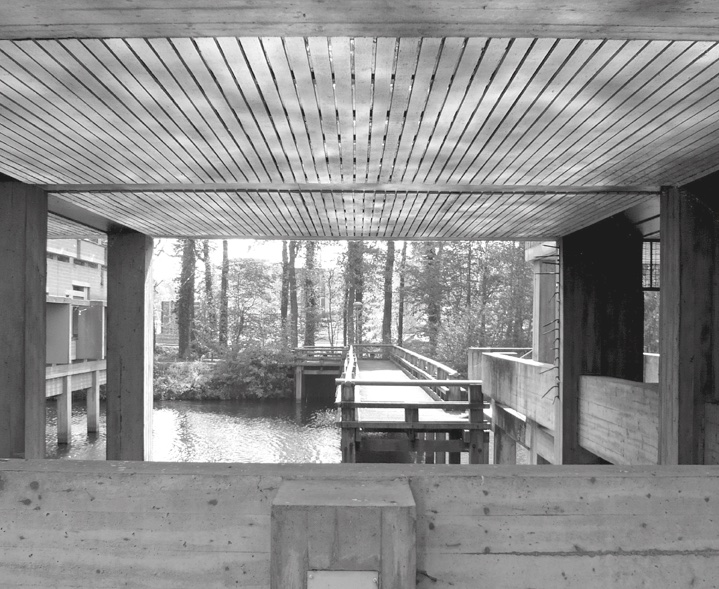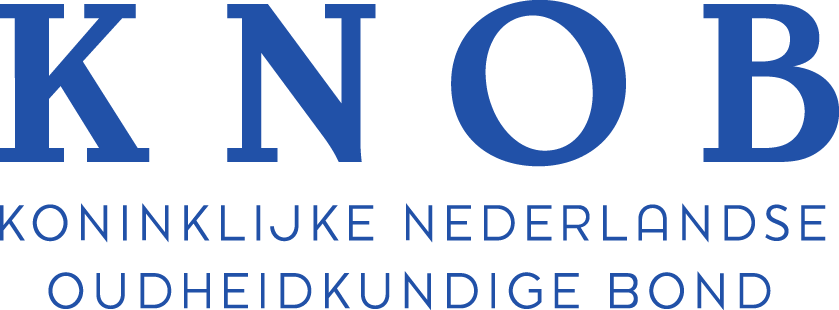Downloads
DOI:
https://doi.org/10.7480/overholland.2023.22.245Abstract
There is probably no university campus in the Netherlands about which more has been drawn and written than that of the University of Twente (UT). The establishment of the first and only true campus university in the Netherlands, located on a 150-hectare wooded site between Hengelo and Enschede, resulted in a rapid succession of master plans and visual quality plans. In addition, numerous articles, books and a dissertation have been published. This interest is not without reason.
First of all, the history of the origins of what would become the third technical college in the Netherlands is of particular interest for the development of higher education due to its experimental nature. Secondly, hidden amongst the greenery are some of the most evocative architectural structures from the 1960s and 1970s, such as De Boerderij (The Farm) by Piet Blom, the Chemical Engineering building by Samuel van Embden and Jacques Choisy and a small canteen building by Joop van Stigt. Then there are the special student housing projects, including the mastabas, pyramids and patio complex designed by Herman Haan.
Thirdly, since the construction of the campus in the 1960s, the immediate surroundings have changed to such an extent that the campus can no longer be regarded as an independent entity. Since the rapprochement between the university and the adja cent business park at the end of the last century, the municipality of Enschede and the university have developed a coherent spatial development concept.
How to Cite
Published
Issue
Section
License
Copyright (c) 2023 Joost Emmerik, Evelien van Es, Lara Voerman

This work is licensed under a Creative Commons Attribution 4.0 International License.




